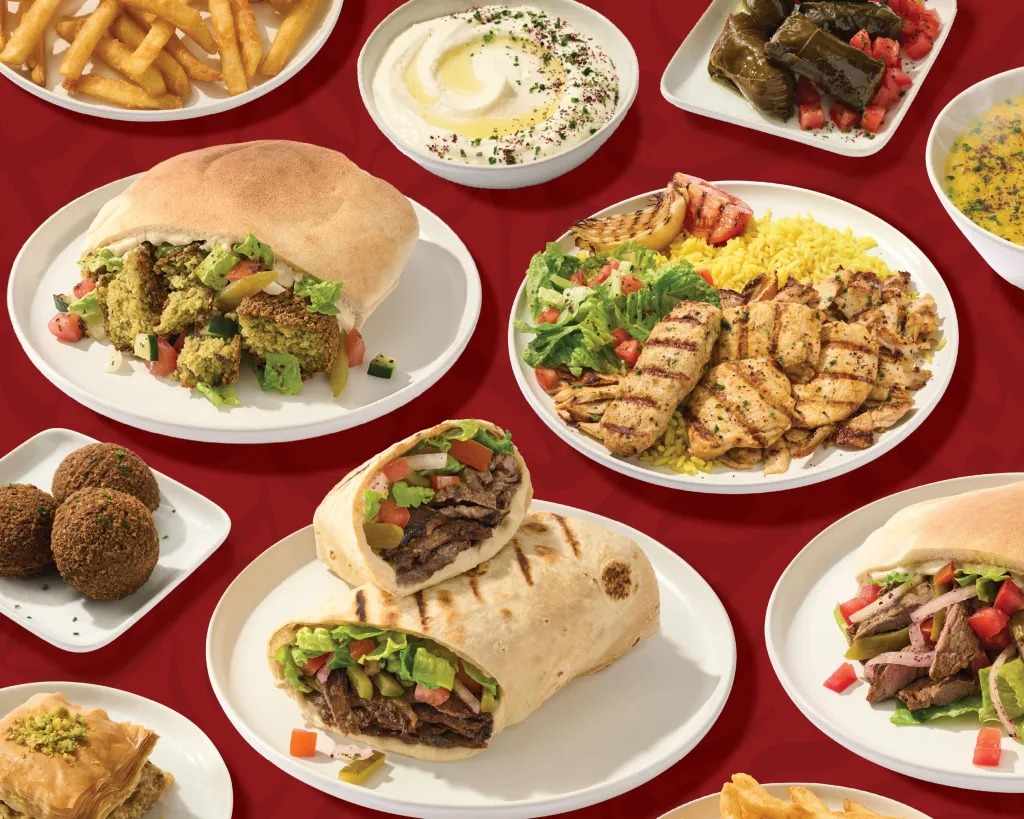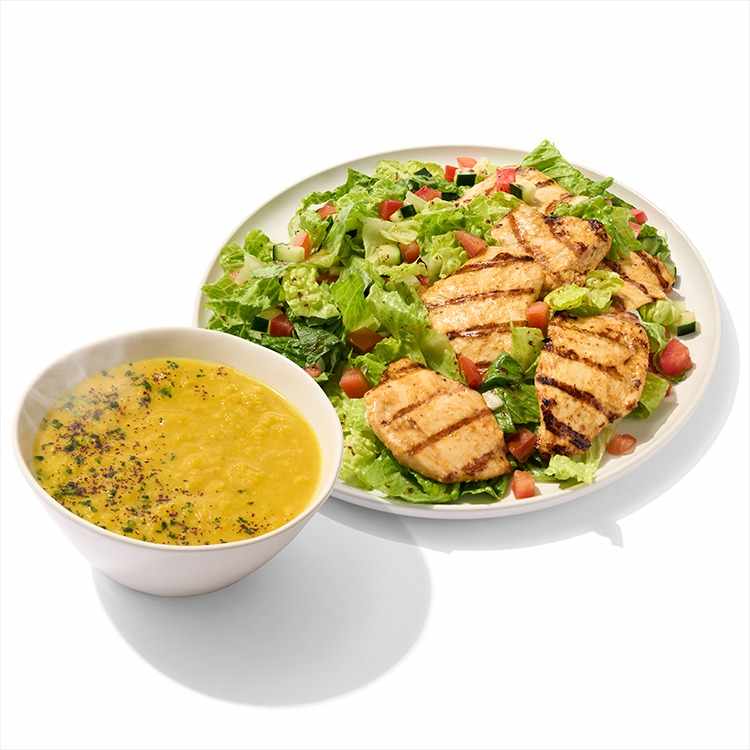Arabic cuisine is a rich tapestry of flavors, spices, and time-honored recipes that have delighted generations across the Middle East and beyond. From aromatic rice dishes to smoky grilled meats and sweet pastries soaked in syrup, every dish tells a story rooted in family tradition and regional heritage. Among the most beloved staples of Arabic food is the globally celebrated falafel—a humble dish with a bold flavor that captures the essence of Middle Eastern street food.
The Heart of Arabic Food: Culture and Community
Arabic food goes beyond nourishment; it’s a vital part of cultural identity and community life. Meals are often shared family-style, emphasizing the importance of togetherness and hospitality. Traditional Arabic meals include dishes like hummus, baba ghanoush, tabbouleh, and kabsa. Fresh herbs, olive oil, cumin, coriander, and garlic are common ingredients that create the unmistakable depth of flavor in these recipes.
One standout in this flavorful cuisine is falafel. Made from ground chickpeas or fava beans, blended with garlic, onions, and spices, and deep-fried to crispy perfection, falafel arabic food is both satisfying and nutritious. It can be enjoyed on its own, in a pita sandwich, or alongside other favorites like tahini sauce and fresh vegetables. Its versatility has made it a favorite in both street stalls and high-end Arabic restaurants worldwide.
Falafel: A Symbol of Arabic Heritage
Though falafel’s exact origins are debated—some trace it back to Egypt, others to the Levant—it remains an undisputed symbol of Arabic culinary heritage. Its appeal lies in its simplicity and adaptability. Whether served hot and crispy on the street or as part of an elaborate mezze platter, falafel brings comfort and familiarity to any meal.
In modern times, falafel has crossed cultural boundaries and is now embraced by food lovers around the globe. Health-conscious diners appreciate its plant-based ingredients, while vegetarians and vegans value it as a satisfying meat-free option. This rise in popularity has also elevated its status in cities like Chicago, where authentic Arabic restaurants proudly serve falafel as a signature dish.
Exploring Arabic Restaurant Culture in Chicago
In the vibrant food scene of Chicago, Arabic cuisine holds a prominent and growing place. For anyone seeking an authentic culinary journey, visiting an Arabic restaurant in Chicago is a must. These establishments offer a chance to experience traditional recipes made with care and served with warm hospitality.
Walking into an arabic restaurant Chicago, you might be greeted with the aroma of freshly baked pita, the sizzle of grilled kebabs, and the enticing sight of golden falafel balls being plated with fresh salad and tahini. The décor often features Middle Eastern motifs—ornate lamps, patterned tiles, and traditional music playing softly in the background—all contributing to a cultural immersion that goes beyond the meal itself.
Arabic dining in Chicago isn’t limited to dinner. Many restaurants serve breakfast items like shakshuka or manakish and offer fresh juices made from dates, pomegranate, or mint. Whether you're new to Arabic cuisine or a long-time fan, the city’s food scene provides a welcoming space to explore these diverse flavors.
Why Falafel and Arabic Food Continue to Thrive
Arabic food, with falafel at its heart, thrives because it combines flavor with tradition. In an age where people seek meaningful dining experiences and healthier alternatives, Arabic cuisine offers both. Falafel’s gluten-free, vegan-friendly appeal pairs perfectly with modern dietary trends, while its rich taste keeps diners coming back.
In cities like Chicago, where multiculturalism is celebrated, Arabic food bridges communities and introduces new generations to the warmth of Middle Eastern hospitality. It’s not just a culinary experience—it’s a celebration of identity, culture, and connection.
For more info :- 1. Facebook
2. Instagram





Write a comment ...